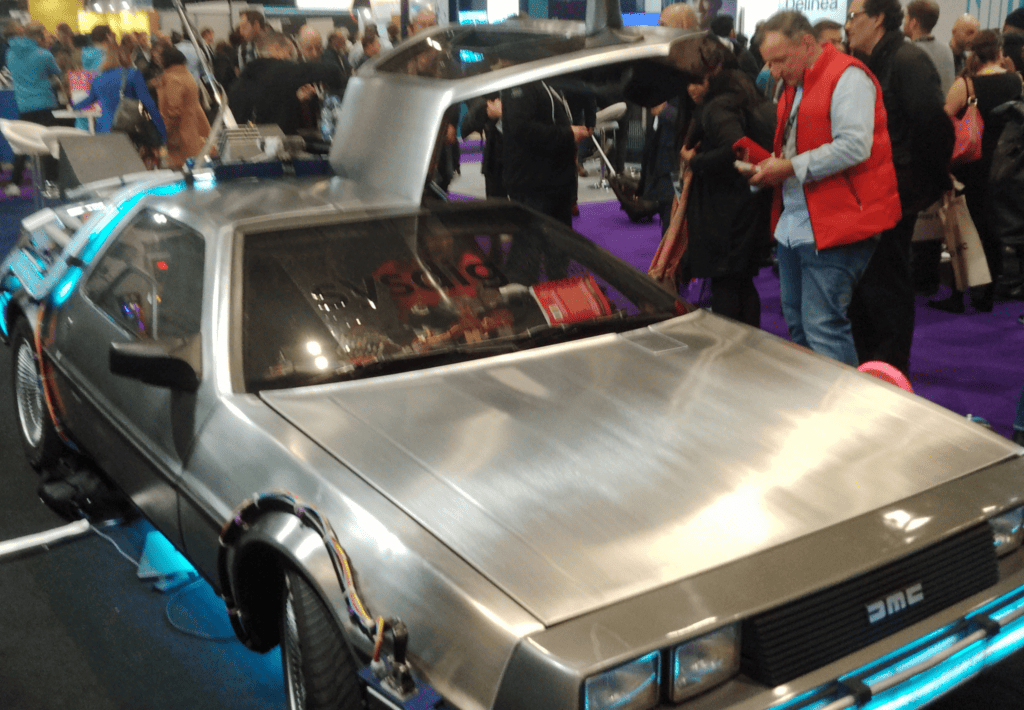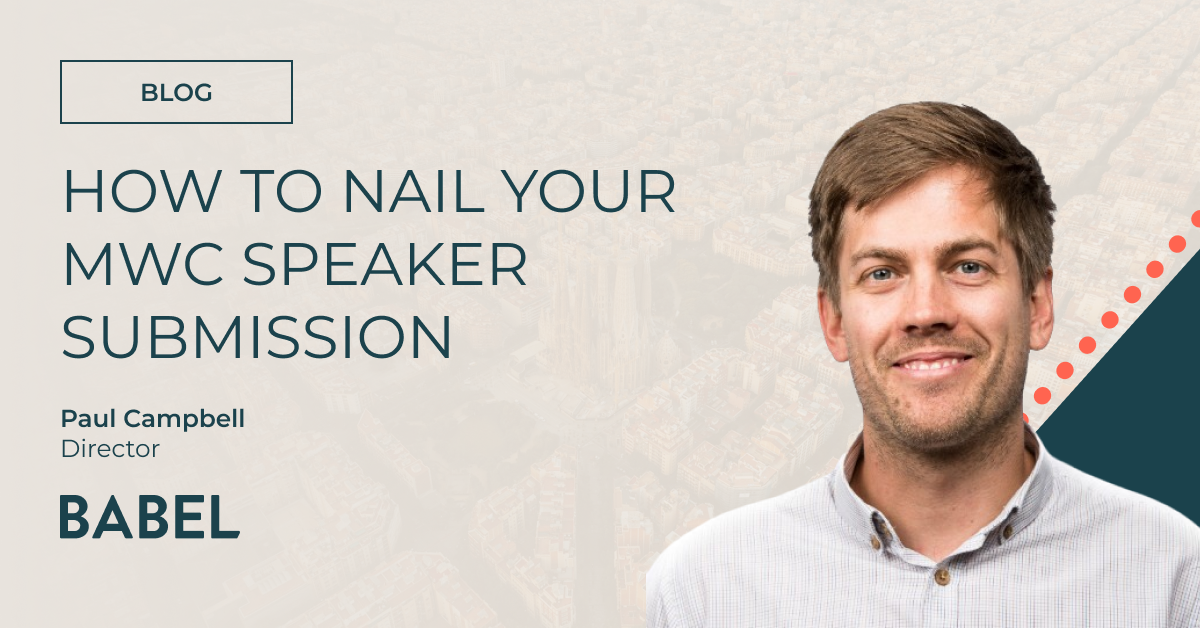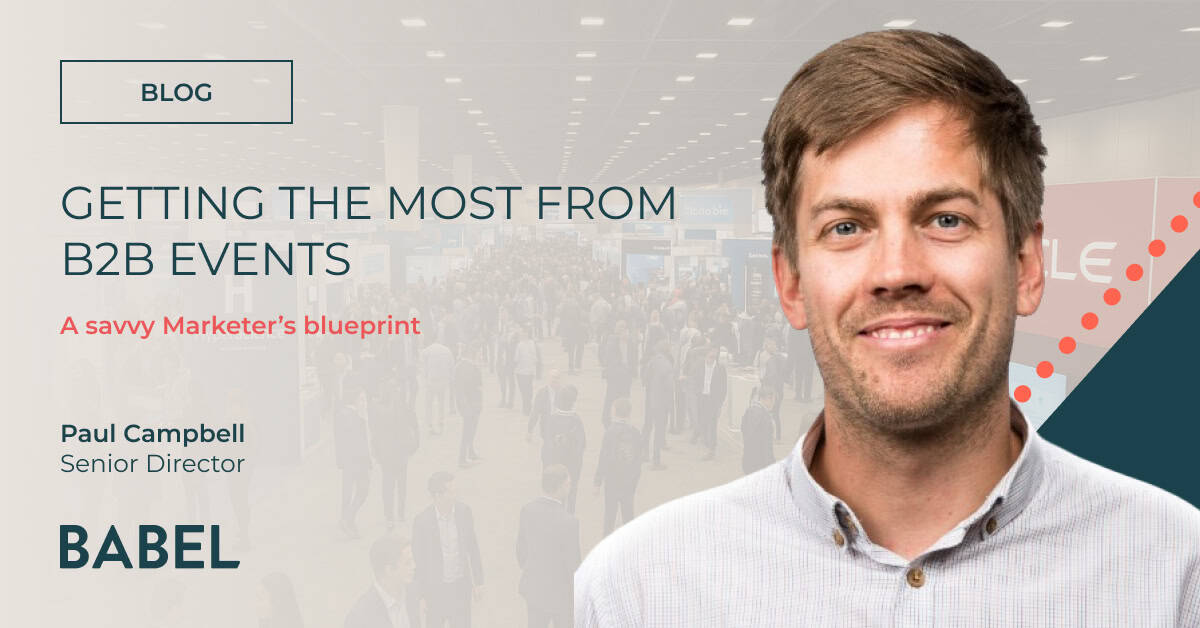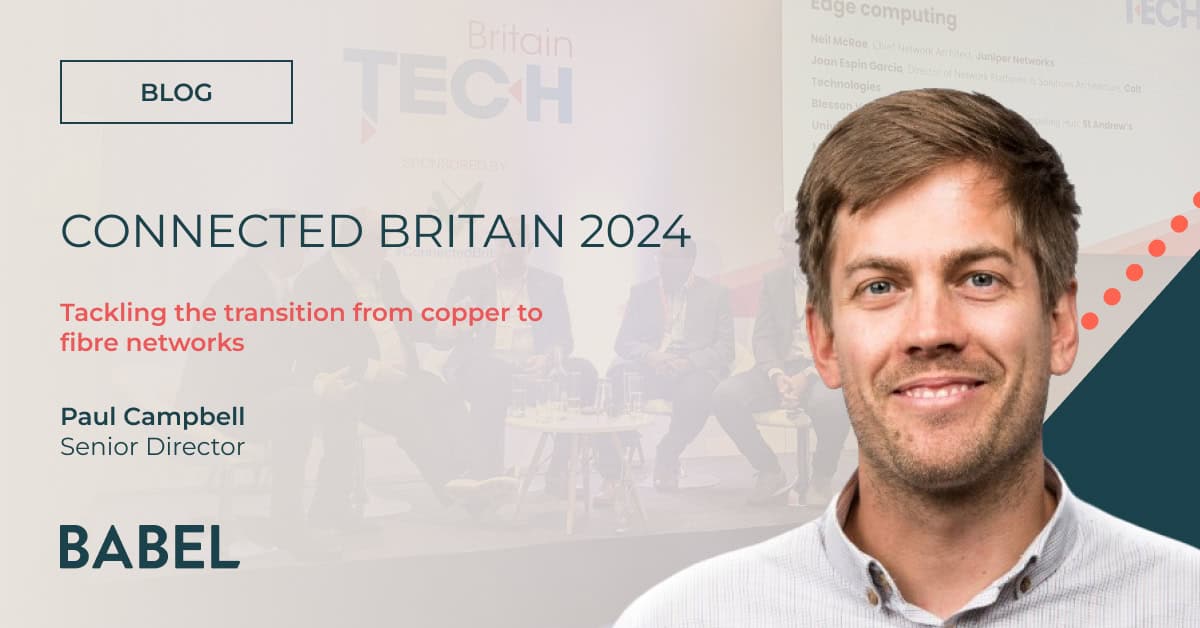Why the 95/5 rule is never more evident than at B2B industry shows
It's hard to believe it's now over four years since the COVID pandemic started to impact all our lives. The previously unthinkable global lockdowns and mass working from home led many (including me) to fear that life would never be the same again.
While the pandemic did change many aspects of our professional lives permanently, thankfully life has returned to relative normality. And that includes the return of industry shows.�
The B2B trade show is alive and kicking�
A team from Babel recently returned from the mammoth Mobile World Congress in Barcelona - you can read more about the event in a�post-show blog�by my colleague Declan Bradshaw. Earlier this month I headed to the Excel in East London for 'Tech Show London' - a maze of more than 300 exhibitors across five areas covering cloud, cybersecurity, data centres, big data/AI and DevOps.�
One thing is clear - the popularity of these events is greater than ever. There was standing room only for many of the presentations, while entrance to some of the theatres meant waiting in long queues which snaked around the Excel. Meanwhile, those manning the most popular exhibitor stands found themselves acting as crowd control stewards with throngs of people battling to enjoy whichever delights the firm had laid on in the hope of standing out from the competition.�
Those enticements were as varied as ever. I counted not one, but two DeLoreans (the 'Back to the Future' car) - with one even being manned by an actor made up to look like Doc Brown from the Michael J. Fox trilogy. Elsewhere, delegates were kept fed and hydrated by coffee, cocktails, crepes and cookies, ensuring they had the energy to carry the numerous goodie bags stuffed with mugs, pens, keyrings and teddies.�
All in all, it was an exhilarating event and great to catch up with clients, prospects, and former colleagues, as well as listen in to some of the talks�many of which focused on, you guessed it, AI.� But it left me asking one key question: what do exhibitors get out of these massive industry shows? The fact that Tech Show London was a free-to-attend event helped attract thousands of people. While most attendees no doubt had a great day out, what percentage of those who made their way to the event had an intention to buy a product or service? I would guess in a region of 1-2%. Does that matter? Depends on who you ask...�

Measuring the impact of B2B industry events��
No doubt there will be some tech budget holders who would expect to see some immediate ROI from these big events. How many leads did you get? How soon can we expect these leads to turn into sales? Those in marketing or PR roles will have different expectations. For me, events and conferences are just one of several tactics which go towards ensuring your brand is front of mind when your target audience does go to market for the type of product or services which you offer.�
The topic of B2B brand 'mental availability' was discussed during a recent Babel webinar, with guests including Jon Lombardo, the former Global Head of Research, at�The B2B Institute, a think tank funded by LinkedIn. At the heart of the discussion was the 95:5 rule, which stems from�a report�by the Ehrenberg-Bass Institute that companies change their providers of services such as software or telecoms around every five years. This means that only 20% are in the market for those services in a given year and just 5% in a given quarter. The Institute emphasise that the 95% figure is "not meant to be a precise rule", but is used "as a heuristic to get the idea across that the vast majority of businesses, for a large proportion of products, are not in the market in particular time periods."�
Think about that in the context of Tech Show London, which according to their website had around 14,850 visitors. Based on the Ehrenberg-Bass estimate, just 742 attendees were looking to buy then and there. When you consider that a good chunk of people at the show, those simply there to network or enhance their tech knowledge, have no buying power, the number is a lot lower. It's the type of realisation likely to lead many heads of sales to question the use of event budgets. Indeed, at Babel we have seen some clients in the post-pandemic years pull back from these big shows, rechannelling budgets to more intimate networking events or other tactics which they believe have a greater chance of producing quicker results.� ��
�





Leveraging events to their full potential
As previously mentioned, I strongly believe that trade shows should remain part of the B2B marketing mix. They help boost your brand's 'mental availability' among your target audience, and not just by offering on-stand gimmicks and tasty treats. At Babel, we work with clients to ensure they maximise the opportunities presented by the big shows, including:
- Journalist briefings: make the most of the fact target journalists will be in attendance by arranging meetings with your spokespeople. At MWC, for example, the Babel team arranged dozens of briefings for clients with journalists who had travelled to Barcelona from across the globe. It's a great chance to your messages across to target audiences and build relationships with influential media outlets.
- Media networking: another great way to get in front of journalists and make the most of them being in the same place at the same time is to arrange your own media networking event. At Babel we have worked with clients to organise breakfast briefings and evening drinks, taking place outside of the main show arena, allowing spokespeople to network with journalists. Again, it's all about building relationships and enhancing 'mental availability' for your brand among journalists and, ultimately, potential new customers.
- Social enhancement: while you're enjoying the hustle and bustle of the show, many potential buyers will be busily working at their desks. At Babel we help clients by creating compelling photo and video content, as well as live blogs, publicised via your owned channels including Linkedin and X.
So, what are you waiting for? The Babel team is already busy preparing for a host of events in the coming months, including InfoSecurity Europe and Big Data London. If your brand plans to be there, it would be great to meet up and help you make the most of your investment. Get in touch.


.jpg)



